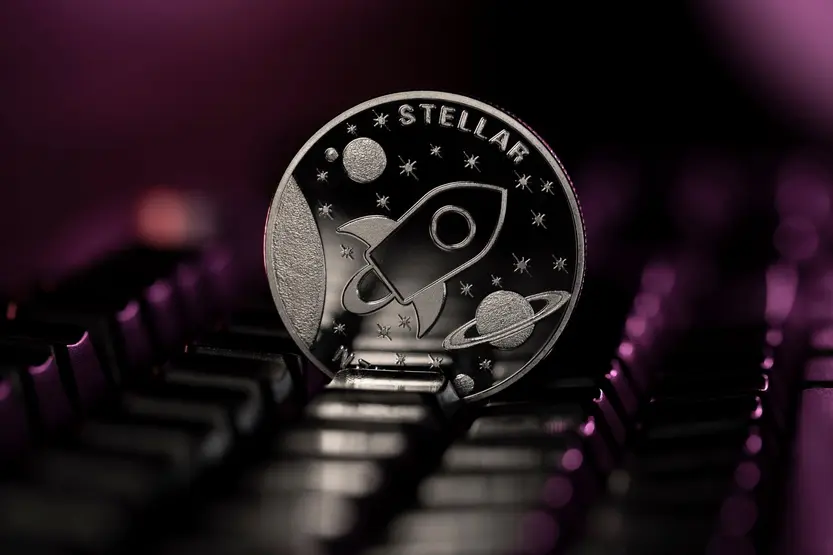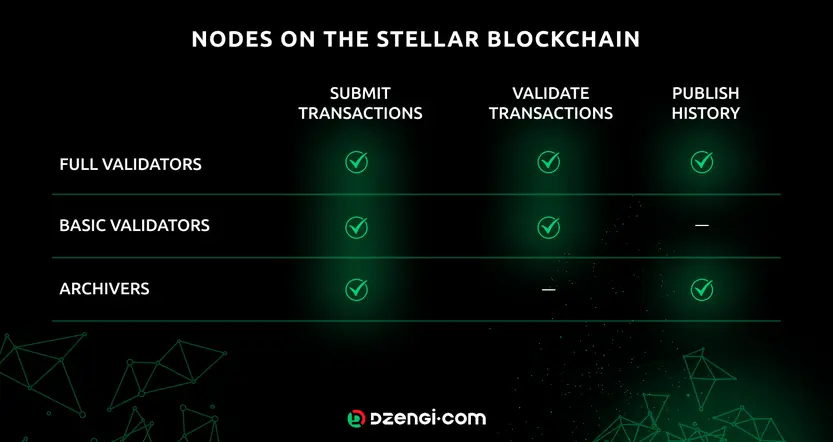If you’ve ever asked yourself ‘What is stellar (XLM)?’, this article is for you

Stellar lumens is a cryptocurrency that is fast becoming one of the biggest altcoins out there. The stellar cryptocurrency is seen as a key part of many crypto investors’ portfolios, and it is becoming increasingly popular. But what is stellar (XLM)? How does it work? Who is behind it? Let’s take a look.
One thing it is important to point out is that stellar is a crypto coin, not a crypto token. This is because it is based on its own blockchain, the Stellar blockchain. This means that, as well as talking about the stellar cryptocurrency, we need to talk about the chain that it is based on so we can better understand XLM’s design and usage.
The Stellar blockchain
The idea behind the Stellar network is that it tries to make making payments a cheaper process than it otherwise might be.
One of the biggest worries about any form of money transfer, whether fiat or crypto, is the amount of commission that the service provider charges. Stellar tries to make this less of an issue by charging a fee of 0.00001 XLM per transaction. In other words, the cost of doing things on Stellar is incredibly low, at least at the time of writing.
This means that, at least in theory, the blockchain can be an attractive proposition for people wanting to take part in the world of cryptocurrency. It is worth noting, though, that the 0.00001 XLM fee applies to each transaction, so if you want to do something that involves multiple transactions, the price goes up.
One important caveat, though. The low transaction fee only applies when the network is operating below capacity. When the blockchain is full, then fees rise. How much they rise to depends, as does which transactions even get onto the blockchain.
Stellar gives priority to larger things that involve more transactions, which means that priority is given to more expensive projects. If there are two or more projects which have the same fee, then they are shuffled and the one at the top gets put into the blockchain’s ledger. The ones that aren’t at the top have to wait their turn or, if they have been waiting too long, get deleted.
Horizon and nodes
The Stellar blockchain works using software called Stellar Core, which is supported by an Application Programming Interface (API) called Horizon 2.0, which launched in early 2021. What is interesting about this software is that it can function in different ways according to how each operator, called a node, wants to operate on the network.
There are three types of node on the blockchain: Full Validators, Basic Validators and Archivers. Full Validators can submit transactions, validate transactions and publish history. Basic Validators can submit and validate transactions, while Archivers can submit transactions and publish history. There used to be another group of nodes, called Watchers, who just submitted transactions, but Watchers were phased out when Horizon 2.0 launched.
As co-founder Jed McCaleb said in a 2020 interview: “The whole original design of Stellar is that you can have fiat currencies and other kinds of forms of value run in parallel with each other and with crypto assets. This is super important to drive this stuff mainstream.”

What is stellar (XLM)?
So that’s the Stellar blockchain, but what is stellar (XRM)? Let’s take a look at the chain’s native coin.
When stellar launched in 2014, there were about 100 billion XLM in existence. That changed in November 2019, when the Stellar Development Foundation, the group behind the crypto and blockchain, announced it was going to burn around half of the coins in existence.
In a statement, the Foundation explained: “What we always came back to is, we should only keep what we’re confident we can actually use. And use relatively soon, at that – in the next 10 years. That’s the proper scope for the Foundation. The ecosystem is already moving ahead on its own, alongside SDF rather than driven by us. We were never meant to be and would never want to be a perpetual custodian for Stellar’s programs. Getting to our goal and still having lumens at the end would serve no purpose.”
The Foundation added: “Those 55.5 billion lumens weren’t going to increase the adoption of Stellar.” In short, there are currently 24.21 billion XLM in circulation out of a total supply of just over 50 billion.
The stellar cryptocurrency is fairly straightforward. If you want to answer the question “what are stellar lumens (XLM) used for?”, the answer is something like this. As we have already seen, you need to pay a fee of 0.00001 XLM per transaction, and if you want to have an active account on the Stellar blockchain, you need a minimum of one XLM in it. In terms of how to get hold of XLM, it is available on most crypto exchanges, including Stellar’s own Lobstr exchange.
The other thing to note about lumens is that they are not mined, nor are they necessarily earned. We have already seen that there are 24.21 billion lumens in circulation. The remaining crypto coins are held by the Stellar Development Foundation and are currently used to help promote and develop the blockchain, although these coins will end up on the open market in the coming years. The one thing to note here is that there will be no more new XLM coins minted.
A brief history
So, with the stellar cryptocurrency and its associated blockchain explained, how did it come into being?
The story starts in 2014, when McCaleb teamed up with lawyer Joyce Kim. Even back then, McCaleb had a strong background in cryptocurrency. He had helped found Mt Gox, which is generally seen as the world’s first bitcoin exchange, and he had helped design the ledger for Ripple’s XRP cryptocurrency before serving as its CTO.
In 2013, he left Ripple and teamed up with Kim in an attempt to create a new crypto, which became XLM after ripple went through a hard fork. In 2021, Forbes reported that he was worth around $3bn, largely due to the 3.4bn XRP he still holds.
FAQs
As of 9 November 2021, there are 24.21 billion stellar lumens in circulation, out of a total supply of just over 50 billion. That is the total supply of XLM, and no more will be minted.
The stellar lumens that are in the open market are held by a variety of crypto investors, while those that aren’t are owned by the Stellar Development Foundation.
You can buy stellar lumens at a variety of exchanges. It's not at Dzengi.com yet, but we will let you know when it is.
Just remember to do your own research before you buy. Cryptocurrencies can be incredibly volatile, and prices can go down as well as up. Never invest more money than you can afford to lose.

